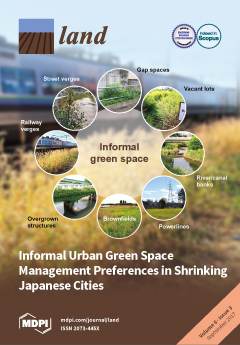Resource information
The telecoupling framework is an integrated concept that emphasises socioeconomic and environmental interactions between distant places. Viewed through the lens of the telecoupling framework, land use and food consumption are linked across local to global scales by decision-making agents and trade flows. Quantitatively modelling the dynamics of telecoupled systems like this could be achieved using numerous different modelling approaches. For example, previous approaches to modelling global food trade have often used partial equilibrium economic models, whereas recent approaches to representing local land use decision-making have widely used agent-based modelling. System dynamics models are well established for representing aggregated flows and stores of products and values between distant locations. We argue that hybrid computational models will be useful for capitalising on the strengths these different modelling approaches each have for representing the various concepts in the telecoupling framework. However, integrating multiple modelling approaches into hybrid models faces challenges, including data requirements and uncertainty assessment. To help guide the development of hybrid models for investigating sustainability through the telecoupling framework here we examine important representational and modelling considerations in the context of global food trade and local land use. We report on the development of our own model that incorporates multiple modelling approaches in a modular approach to negotiate the trade-offs between ideal representation and modelling resource constraints. In this initial modelling our focus is on land use and food trade in and between USA, China and Brazil, but also accounting for the rest of the world. We discuss the challenges of integrating multiple modelling approaches to enable analysis of agents, flows, and feedbacks in the telecoupled system. Our analysis indicates differences in representation of agency are possible and should be expected in integrated models. Questions about telecoupling dynamics should be the primary driver in selecting modelling approaches, tempered by resource availability. There is also a need to identify appropriate modelling assessment and analysis tools and learn from their application in other domains.


